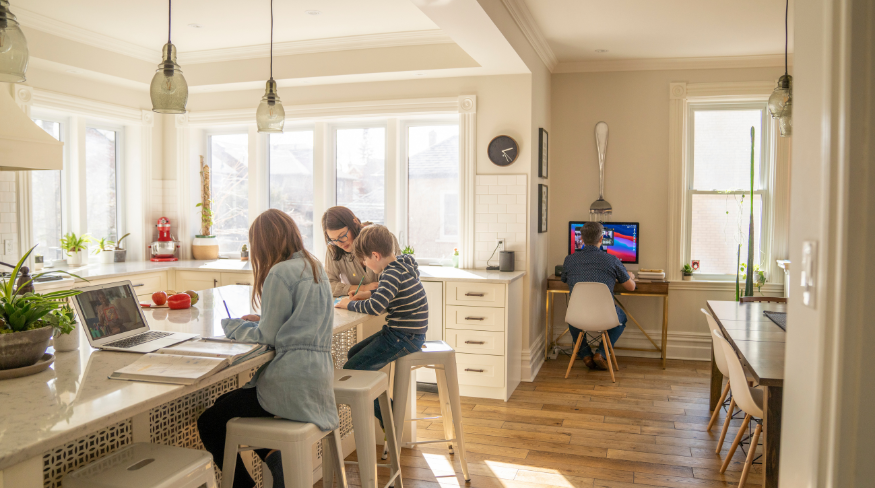Homeowners Insurance
Your home is more than a structure — it’s a place where you create lifetime memories with the people who matter most. It’s essential to protect it and everything inside of it that you value.
Why Homeowners Insurance?

Your home is vulnerable to many risks — from destructive storms, liability from injuries, vandalism and more. Homeowners coverage is critical to protect you and your home from the financial consequences of a devastating loss.
If you are financing your home, your lender will require that you obtain adequate insurance coverage to protect the investment.
Even if you own your home outright, homeowners coverage provides the financial security to help you sleep soundly!
What's Included In Homeowners Insurance?
- Coverage for damage to your home and other structures, such as a fence, detached garage or shed.
- Repairs or replacement of personal belongings due to theft or other covered perils.
- Reimbursement for living accommodations while your home is being repaired if your home is uninhabitable because it has been damaged or destroyed from a covered risk.
- Payment for legal representation or medical expenses related to an injury to a guest in your home.
Full Coverage Details
Dwelling
This part of your homeowner’s policy covers the physical structure or dwelling if it is damaged or destroyed by a covered “general peril” which typically includes theft, fire, lightning, windstorm, snow, hail, rain, vandalism, malicious mischief and damage by a vehicle or aircraft. (Your policy will have a specific list of perils that apply to or are excluded from your coverage.)
The recommended amount of coverage should equal the current cost to rebuild your home in your area. However, land value should not be included.
Detached structures such as swimming pools, driveways, fences and sheds and not included in your dwelling coverage. (See the “Other Structures” section.)
Other Structures
This part of your homeowner’s policy includes the covered structures that are not attached to the dwelling if they are damaged or destroyed by a “general peril” covered by the dwelling portion of the policy. Detached structures such as swimming pools, driveways, fences and sheds and not included in your dwelling coverage. (However, Florida does consider a pool to be part of the dwelling.)
In most states, the recommended total amount of coverage for other structures is 10% of the dwelling coverage. (Florida coverage is typically 2%.)
Personal Property
This part of your homeowner’s policy protects your personal belongings such as appliances, furniture, electronics, silver and china, books, artwork, clothing, lawn and garden equipment, toys and many other items. These items are protected from damage or loss from the same “covered perils” as your dwelling.
Typically, the recommended total personal property coverage amount is 50% to 75% of your dwelling coverage.
It’s important that your policy has a “replacement cost” endorsement, so your belongings are covered at the full replacement cost and not their current value, which may be less.
Some personal belongings, such as jewelry, will need to be listed separately, or “scheduled” on your policy. Some of these items also may have replacement limits. However, you can purchase additional “jewelry and valuables” insurance for these items to fully protect them.
Additional Living Expenses
This part of your homeowner’s policy covers living expenses if your home is uninhabitable because of damage by a covered peril such as a fire or storm. This may also include living expenses if you must leave your home because of a government-mandated evacuation for a covered peril.
Reimbursable expenses include alternative housing and increased meal and laundry costs. The coverage amount ranges from 10% to 30% of your dwelling coverage or it may be a maximum time needed to make your home habitable.
Personal Liability
This part of your homeowner’s policy covers liability claims against you that are the result of injury or negligence that takes place on or off the insured property. The maximum amount of coverage for these types of claims is included on your policy. In addition to this coverage, many homeowners purchase a personal “umbrella policy” to provide extra protection. Umbrella policy premiums can be as low as $150 annually for $1 million in coverage.
Medical Payments To Others
This part of your homeowner’s policy covers medical expenses for visitors or guests who are injured in an accident on your property. This does not include family members who live with you.
The maximum amount of coverage for these expenses is included in your policy. Additional coverage may be available for an additional premium.
Deductibles
The deductible is the amount you pay toward a settled claim. When your insurance company writes a check for the claim, it is decreased by the deductible amount shown on your policy.
Deductibles can be increased, resulting in a premium savings; or lowered, resulting in an additional premium charge.
Deductibles may be different for certain perils depending on the location of your property. For example, in coastal locations where windstorm is a threat, the windstorm deductible may be higher than the deductible for other covered perils. This can also apply to hurricane, tornado and earthquake perils in some states.
Everything you need to know about your deductible will be spelled out in your policy declaration. Be sure to read it!
Optional Policies
There are additional endorsements or policies available for perils not covered on standard homeowners policies. If you have a risk you are unsure about, ask us! Here are some examples where we can help:
Dwelling
This part of your homeowner’s policy covers the physical structure or dwelling if it is damaged or destroyed by a covered “general peril” which typically includes theft, fire, lightning, windstorm, snow, hail, rain, vandalism, malicious mischief and damage by a vehicle or aircraft. (Your policy will have a specific list of perils that apply to or are excluded from your coverage.)
The recommended amount of coverage should equal the current cost to rebuild your home in your area. However, land value should not be included.
Detached structures such as swimming pools, driveways, fences and sheds and not included in your dwelling coverage. (See the “Other Structures” section.)
Other Structures
This part of your homeowner’s policy includes the covered structures that are not attached to the dwelling if they are damaged or destroyed by a “general peril” covered by the dwelling portion of the policy. Detached structures such as swimming pools, driveways, fences and sheds and not included in your dwelling coverage. (However, Florida does consider a pool to be part of the dwelling.)
In most states, the recommended total amount of coverage for other structures is 10% of the dwelling coverage. (Florida coverage is typically 2%.)
Personal Property
This part of your homeowner’s policy protects your personal belongings such as appliances, furniture, electronics, silver and china, books, artwork, clothing, lawn and garden equipment, toys and many other items. These items are protected from damage or loss from the same “covered perils” as your dwelling.
Typically, the recommended total personal property coverage amount is 50% to 75% of your dwelling coverage.
It’s important that your policy has a “replacement cost” endorsement, so your belongings are covered at the full replacement cost and not their current value, which may be less.
Some personal belongings, such as jewelry, will need to be listed separately, or “scheduled” on your policy. Some of these items also may have replacement limits. However, you can purchase additional “jewelry and valuables” insurance for these items to fully protect them.
Additional Living Expenses
This part of your homeowner’s policy covers living expenses if your home is uninhabitable because of damage by a covered peril such as a fire or storm. This may also include living expenses if you must leave your home because of a government-mandated evacuation for a covered peril.
Reimbursable expenses include alternative housing and increased meal and laundry costs. The coverage amount ranges from 10% to 30% of your dwelling coverage or it may be a maximum time needed to make your home habitable.
Personal Liability
This part of your homeowner’s policy covers liability claims against you that are the result of injury or negligence that takes place on or off the insured property. The maximum amount of coverage for these types of claims is included on your policy. In addition to this coverage, many homeowners purchase a personal “umbrella policy” to provide extra protection. Umbrella policy premiums can be as low as $150 annually for $1 million in coverage.
Medical Payments To Others
This part of your homeowner’s policy covers medical expenses for visitors or guests who are injured in an accident on your property. This does not include family members who live with you.
The maximum amount of coverage for these expenses is included in your policy. Additional coverage may be available for an additional premium.
Deductibles
The deductible is the amount you pay toward a settled claim. When your insurance company writes a check for the claim, it is decreased by the deductible amount shown on your policy.
Deductibles can be increased, resulting in a premium savings; or lowered, resulting in an additional premium charge.
Deductibles may be different for certain perils depending on the location of your property. For example, in coastal locations where windstorm is a threat, the windstorm deductible may be higher than the deductible for other covered perils. This can also apply to hurricane, tornado and earthquake perils in some states.
Everything you need to know about your deductible will be spelled out in your policy declaration. Be sure to read it!
Optional Policies
There are additional endorsements or policies available for perils not covered on standard homeowners policies. If you have a risk you are unsure about, ask us! Here are some examples where we can help:
Frequently Asked Questions
Insurance can be confusing. That’s why your Westwood agent and customer service team are so important. If you have a question – ask us!
Here are some of the most frequently-asked questions from our customers. The answers provide general information – each company defines their own specific coverage, terms, limitations and exclusions. Your policy includes the specifics.







